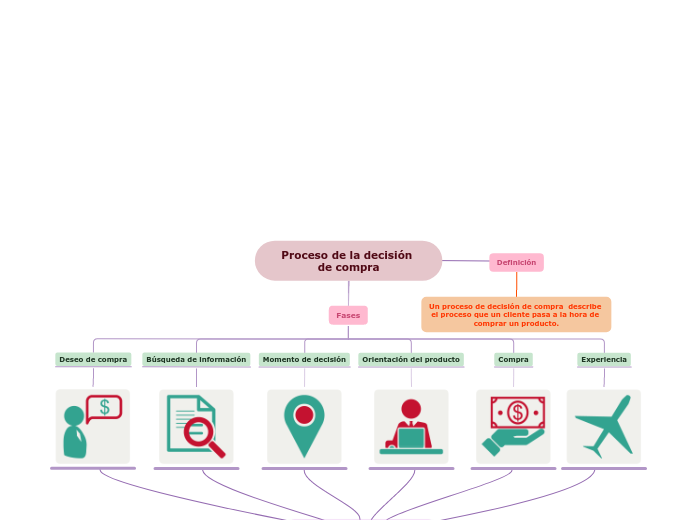La situación
analítica
To name your story, you have to think about the overall message and what you want your audience to understand from the story. Also, make it relevant and easy to remember.
Lo que el psicoanálisis requiere del
paciente
The middle of the story is where you add layers of complications that will lead to the end. Reveal more about the character's journey. Did their personality go through changes? How did they overcome the challenges? And as you build up the story’s central conflict, make it more personal to that character. Also, from the middle act, you have to lead into the final act.
Rasgos de personalidad y carácter
Las motivaciones y aptitudes que le permiten
trabajar bajo una situación analítica están
directamente relacionadas con sus rasgos de carácter y personalidad. Se deben estudiar tanto los rasgos sanos como los patológicos de la personalidad y del carácter.
Aptitudes
There wouldn't be any tension and excitement in your story if there weren't any obstacles in your character's way.
Que tenga funciones yoicas flexibles,
principalmente en cuanto a la habilidad para
regresionar y progresar.
A story is nothing more than a character overcoming a series of difficulties to reach the desired goal. Obstacles usually create suspense and conflict. In overcoming obstacles, there is growth: weak becomes strong; hatred turns into love; sadness into happiness; wrong into right; lies into truth; or evil becomes good.
See a few examples below:
- stopping a meteor
- finding a killer
- finding love
Ser pasivo y activo.
Renunciar al control y a la vez poder mantenerlo.
Renunciar a la prueba de realidad y conservarla.
MOTIVATION
Your character(s) need(s) motivation in order to solve the challenge(s).
Disposición para invertir tiempo
y dinero
Secondary characters might also have motives that lead them to cross paths with the main character or which might trigger them to help the main character.
Existen ocasiones en las que, aunque el paciente quiera iniciar el proceso, no está psicológicamente apto y necesita una etapa preparatoria de psicoterapia para entrar después a un análisis más profundo.
Un paciente tiene que estar sumamente motivado
para ser perseverante en el proceso
psicoanalítico, con curiosidad
y deseo de entender su problemática
Why does your character need to confront this challenge? What does he/she expect to accomplish by solving it?
See a few examples:
- will marry in 3 days
- can fix the mistakes of the past
Disposición para soportar y ceder a revelar las
experiencias más íntimas que le generan culpa
y angustia










